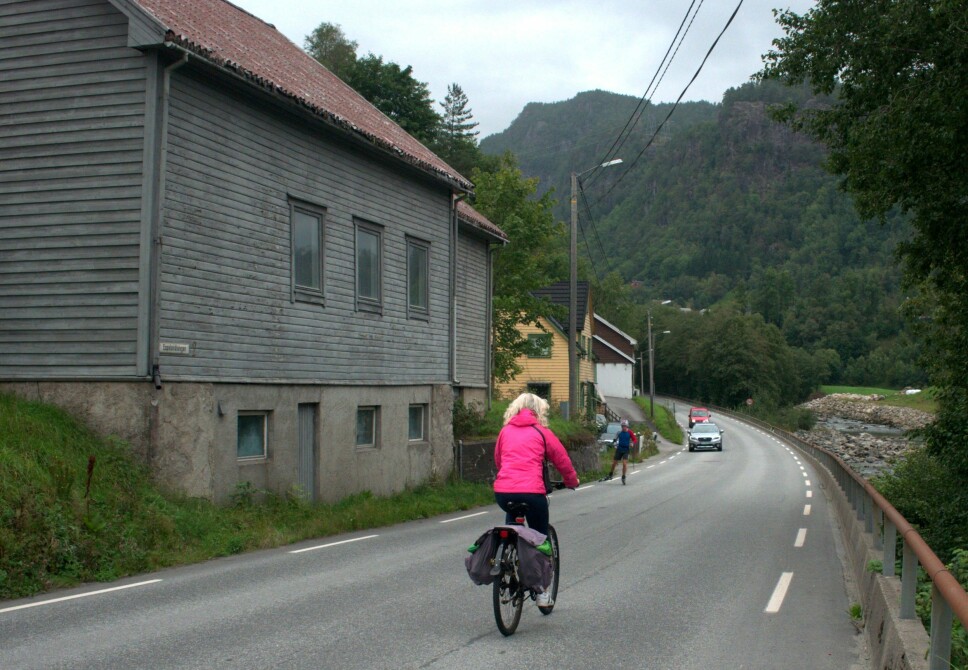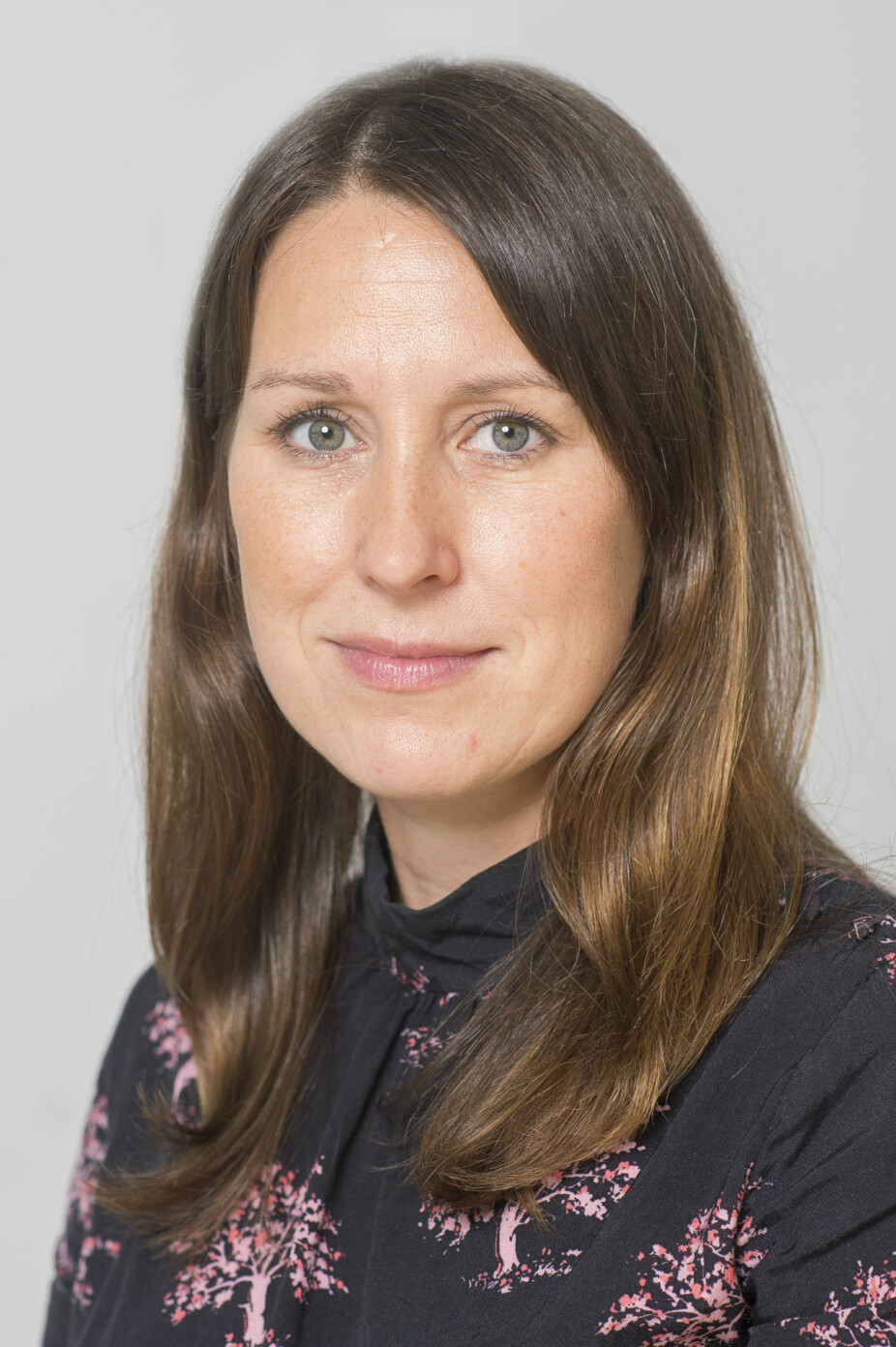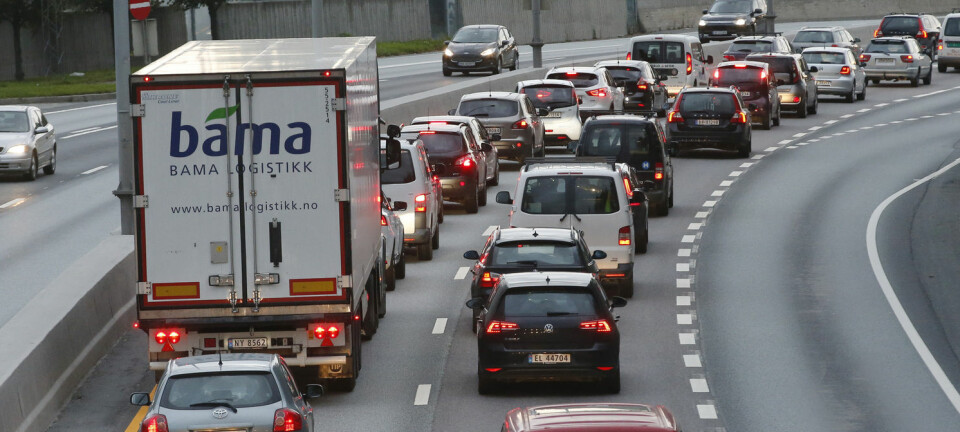
Can small towns be as bike friendly as large cities?
Researchers already know a lot about cycling in the city. But little research has been done in smaller places in Norway. Until now.
For most towns and cities in Norway, getting people to use their bikes more for travel is an important sustainability goal.
In Oslo, for example, the city council’s goal is for 25 per cent of all journeys to be by bicycle by 2025.
Some people may have the perception that it is easier for people in the city to use bicycles, because the distances are often shorter and the infrastructure better. In smaller towns, we imagine long, narrow country roads where cyclists have to compete for space with cars to get places.
Nevertheless, more daily trips are made by bicycle in Sauda municipality in Western Norway than in Oslo.
Why?
Cities prioritized
In Sauda, with a population of just under 4800 people, bicycles make up 9 per cent of all daily trips, according to a survey of travel habits from 2018.
In Oslo, that figure is 7 per cent.
Researchers already know a lot about cycling in the city. The Institute of Transport Economics (TØI) in Oslo has reported on how to improve the city for cyclists, including building separate bike paths, designing better traffic lights, lower sidewalk curbs, and less development outside the city centre.
But little research has been done in smaller places in Norway. Until now.
What about the small towns?
“The purpose of this project has been to help smaller places be in a better position to assess how bike-friendly their communities are and to find measures that contribute to more people cycling there,” says Oddrun Helene Hagen from TØI.
She and colleague Maja Karoline Rynning have compiled a report on how towns can increase the proportion of cyclists.
Do towns actually have comparable conditions to larger cities in terms of being able to succeed as places to bike?

Sauda – a bike-friendly town
If we look at the example of Sauda, the answer is yes.
The researchers considered Sauda a bike-friendly town.
‘Bike-friendliness’ is a term they use to describe how attractive a city or region is for cycling – in other words, to what degree it is designed for bike riding, how safe and how appealing it is to ride a bike there.
The researchers evaluated these criteria in four categories:
1. Natural and local conditions. This concerns topography and local climate. For example, are there a lot of uphills?
2. Urban structure. How great are the distances? How are workplaces, residential areas and shops situated in relation to each other?
3. Infrastructure. Are there bike paths, intuitive intersections, traffic lights and wide sidewalks? Are city bikes available?
4. Surroundings and experiences. Are there scenic and beautiful areas to ride? Is it safe to cycle there?
Short distances and good connections
Sauda scores well on both natural conditions and urban structure.
“Downtown Sauda is very compact. The distances between homes, workplaces and downtown are short,” says Hagen.
“Although some residential areas are farther from the city centre, they’re still well connected,” she says.
But Sauda also has some challenges.
Cyclists can’t ride in peace

The town received a poor score on infrastructure. Sauda does not have dedicated paths or marked lanes for cyclists, who have to either travel on the sidewalks with pedestrians or on the roads with cars.
“We know from earlier research that cyclists want separation, because they experience themselves as very different from pedestrians and motorists,” says Hagen.
“Certain places were not very well adapted to cyclists. They were a little cramped, and the surveys we did showed that several people felt it was unsafe.”
"But all in all, we considered Sauda a good cycling town," she says.
This despite the fact that the municipality of Sauda does not yet have its own cycling strategy.
Small town advantages
The researchers believe that smaller places offer numerous advantages that big cities don’t.
Towns have less traffic, which can help cyclists feel safer as they don’t have to compete with as many cars, buses and trams.
They also generally have fewer public transportation options than cities, making cycling a more relevant alternative.
People who depend on public transportation for their jobs may still be taking their car to the bus stop or train station.
“Cycling can be an effective means of transport to public transport hubs, which are often farther apart in small places than in larger cities,” says Hagen.
Small municipalities also tend to have smaller budgets. Investments in infrastructure are likewise less, which could potentially favour cycling measures because they are cheaper than many alternatives.
Great potential in Sauda
Although Sauda’s nine per cent of daily travels by bicycle is a larger percentage of overall travel compared to other places, it is still not very much.
But researchers believe that Sauda has great potential to increase that percentage.
The town could create alternative bike routes, build dedicated bike paths and set up bicycle parking spaces and changing rooms.
They could also implement car use restrictions, such as toll roads or car-free roads.
Translated by: Ingrid P. Nuse
Reference:
Oddrun Helen Hagen and Maja Karoline Rynning: Sykling på mindre steder - Hva kan øke sykling og hvordan undersøke dette? Casestudier av Sauda og Modum. (Cycling in smaller places – What can increase cycling and how to investigate this? Case studies of Sauda and Modum.) TØI report. November 2019. ISBN: 978-82-480-2252-7
———

































